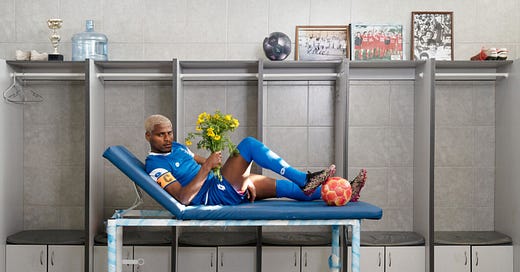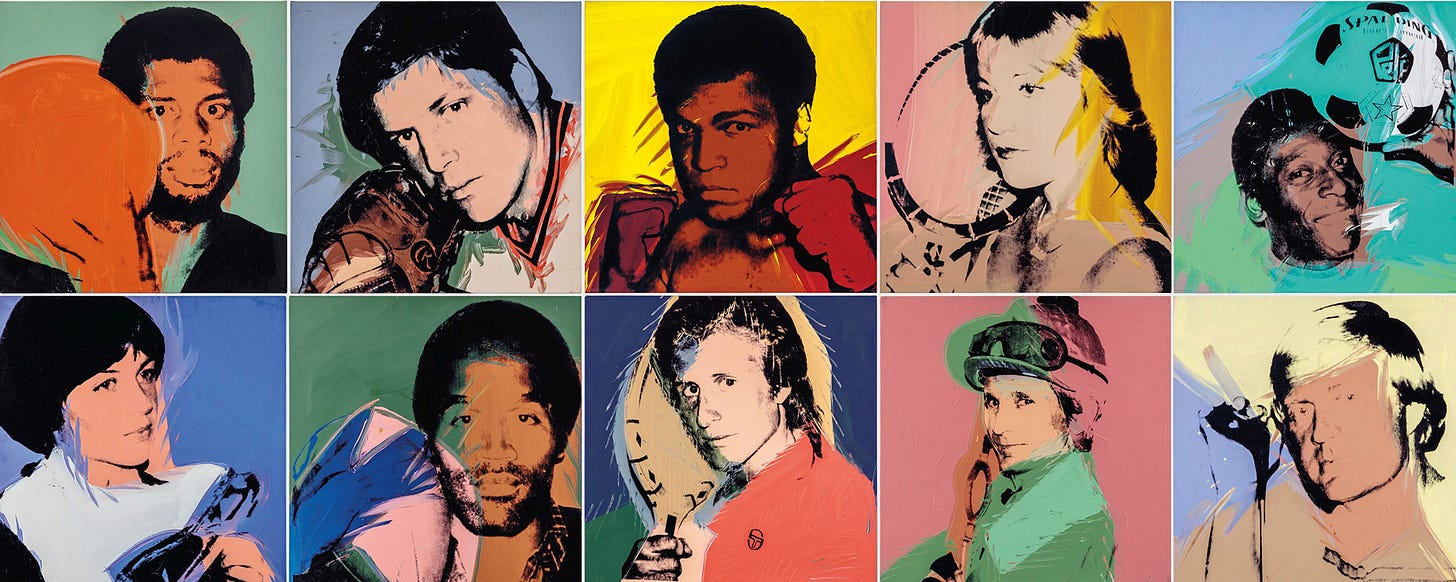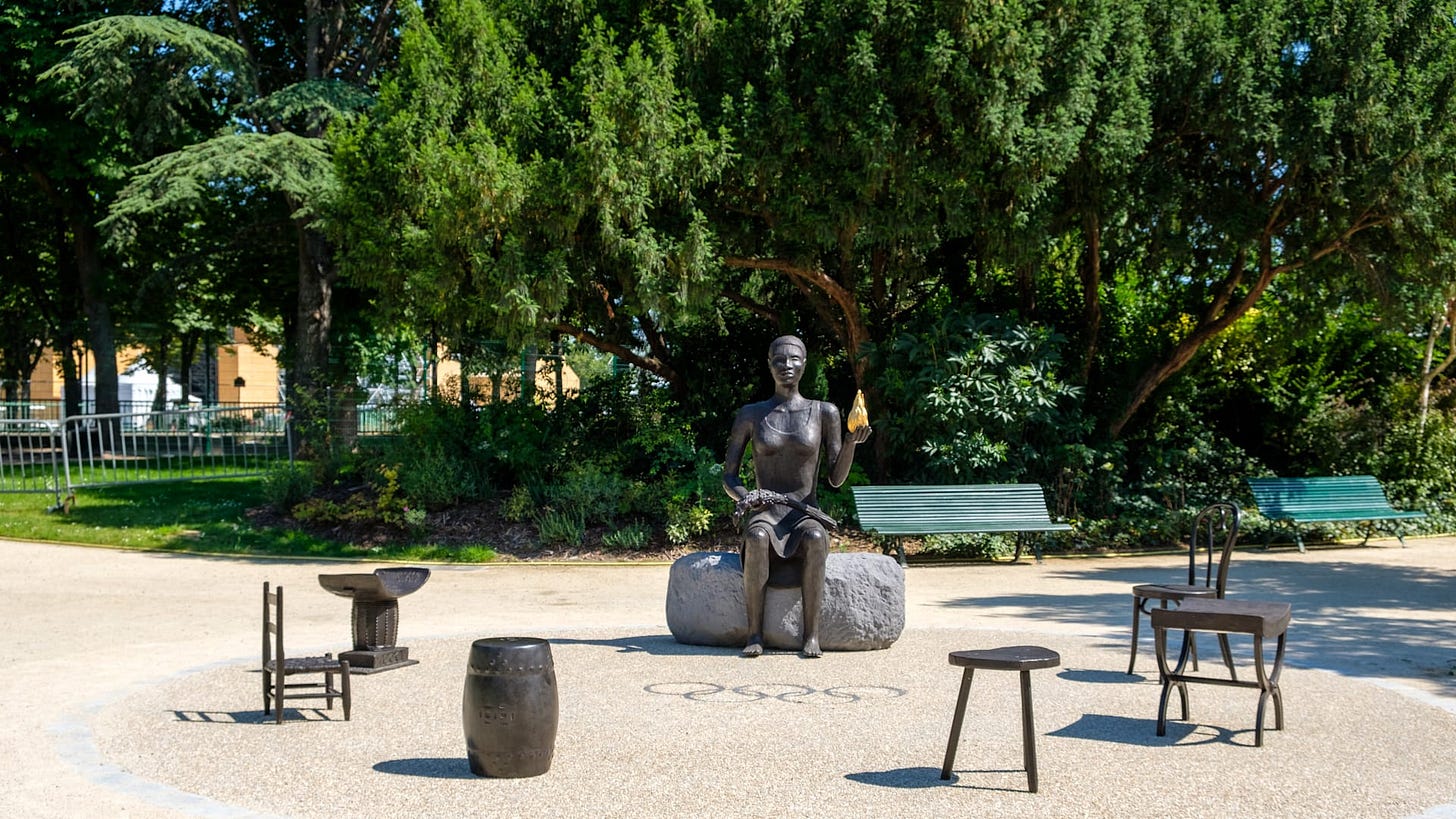The Paris 2024 Olympics have officially begun and the world's attention is drawn not only to the national feats of athleticism but also to the vibrant cultural backdrop that accompanies this global event. Particularly as Paris is one of Europe’s largest artistic hubs, home to prestigious museums such as The Louvre, Centre Pompidou and Musée d'Orsay, the relationship between art and sport is at the forefront of our minds this week.
Art and sport, two seemingly disparate realms, share more similarities and crossovers than one might initially expect.
Both domains are forms of human expression, requiring creativity, discipline, and a dedication to mastering their respective crafts. In both art and sport, individuals push boundaries, strive for excellence, and seek to inspire and evoke emotions in their audiences. Athletes and artists alike undergo rigorous training and practice, constantly honing their skills and techniques. Each discipline serves as a vital cultural pillar, driving tourism, inspiring communities, and elevating the human experience.
Despite their cultural significance, both art and sport often struggle with accessibility and funding at a grassroots level in the UK. These fields require significant talent and dedication, yet they are frequently seen as vocational pursuits, leading to underinvestment. This lack of funding hampers the development of future generations of artists and athletes, particularly those from less privileged backgrounds.
The new Labour government, however, has pledged to address these issues. By investing in local clubs, schools, and community projects, let’s hope this new government can make these cultural activities more accessible and provide a robust support system for future budding talent!
For centuries there has been significant crossover in both fields, dating back to ancient Greece, where Olympic themes and athletic male nudes were prevalent in sculptures.
This union between sports and art continues to evolve throughout history in the works of notable artists. Edgar Degas' ballet scenes, Pablo Picasso's bullfighting paintings, and Andy Warhol’s portraits of high-profile athletes all illustrate this ongoing connection.
Celebrated contemporary artists continue to place sports at the heart of their practice. For instance, David Hockney's depictions of pools and swimming, Andreas Gursky’s stadium photographs and Jonas Wood’s basketball paintings highlight the continued relevance of this theme.

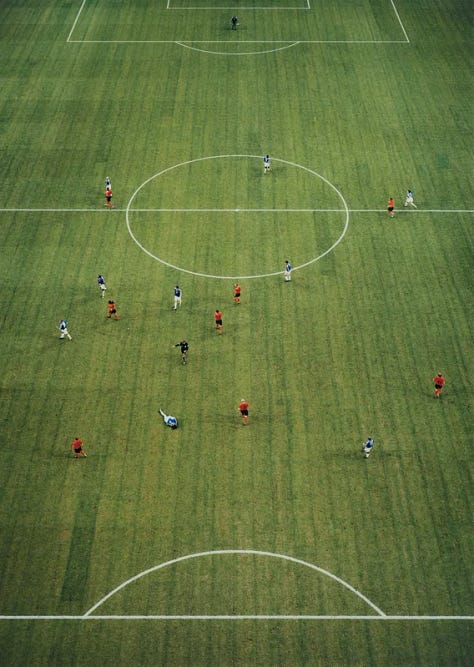
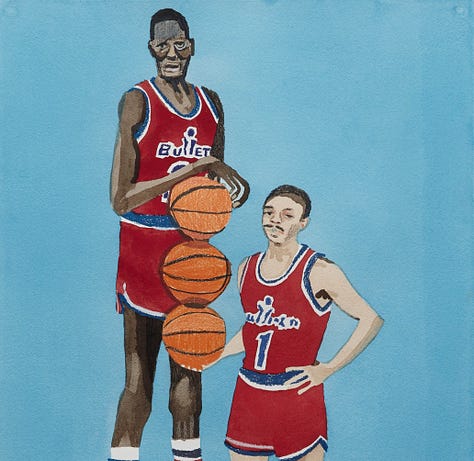
Emerging artists are also engaging with athletic motifs. Noa Klagsbald’s art historically grounded photographs, Monica Kim Garza’s audacious sporting women and Anna Park’s expressive charcoal portraits are just a few examples among many.



The Olympics in particular have a great history of encouraging collaboration between the artistic and athletic fields. Each year the host country commissions artists to create posters for the games. Below are some examples by Gilles Elie, Esla & Johanna and Fanny Michaëlis, commissioned to make posters for Paris 2024, and a throwback to posters by Rachel Whiteread, Bridget Riley and Chris Offili, created for the London 2012 games.



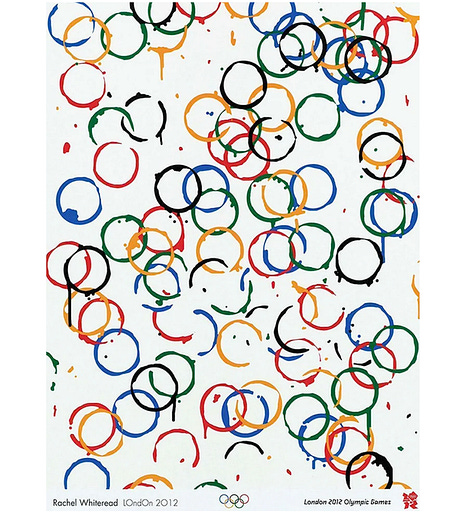
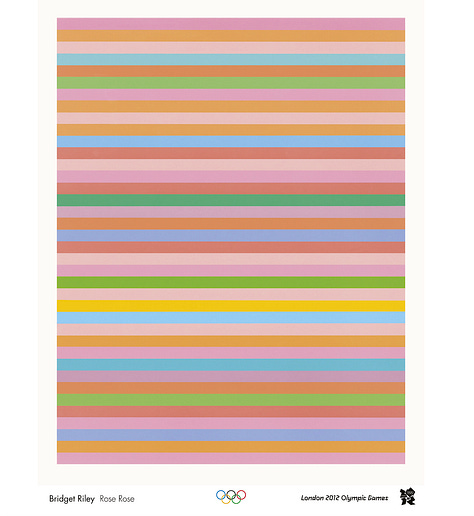

On a larger scale, a permanent public artwork is typically erected in the host city of the games. This year in Paris, American artist Alison Saar was commissioned to create Salon, a 1.5 human scale sculpture of a woman holding a flame. Saar is previously known for her sculpture Swing Low, a 13-foot-tall Harriet Tubman tribute in Harlem. Her new sculpture in Paris is surrounded by benches which Saar hopes will entice the same community spirit her Tubman sculpture has garnered in New York. Salon champions inclusivity and stands as a testament to the enduring bond between artistic and athletic excellence on display in Paris this summer. Read more about her artwork here.
In researching for this post, we stumbled across the Instagram and fellow Substack account
. The account creatively juxtaposes sports photos with famous artworks, underscoring select aesthetic and thematic similarities. This witty approach has garnered significant attention, with the accounts 173k followers demonstrating an existing appetite for such cross-disciplinary explorations, but also a shared appreciation for a light-hearted approach to two disciplines that can often be taken too seriously.Some of our favourite @artbutmakeitsports posts are below:


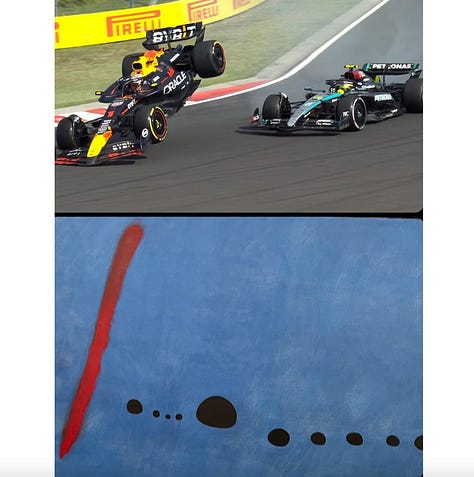
Despite existing collaborations between the art and sports sectors there remains considerable potential for a deeper relationship to develop. This aspiration for greater integration is gaining traction, with prominent figures advocating for a closer connection between the two fields.
Following the recent UEFA European Championship, Simon de Pury, an art dealer, curator, and former owner of Phillips de Pury auction house, penned an article for Artnet News highlighting the potential for football to offer art its next great crossover.
He writes:
Some ten years ago I had been invited by a member of the strategic management team of Adidas to visit its fascinating headquarters in Germany. I suggested to him that it would be totally fabulous if, during the World Cup, Euro or Africa Cup of Nations each national team had their jerseys designed by a top artist of their country. […] The appeal of football is universal. When more bridges will have been built between it’s world and the one of art the benefits will be multiple and mutual.
Supporting Simon's point, last year the apparel brand Stone Island, known for its association with passionate football fans, entered a multi-year partnership with Frieze art fair. Supporting Frieze Focus, the section of the fair dedicated to younger galleries, Stone Island provides bursaries covering 30% of the stand fee for emerging gallerists. Perhaps partnerships like this are a starting point for the mutually beneficial crossovers that Simon envisions.
Ultimately, the historical and ongoing synergy between art and sport holds immense potential for cultural enrichment, especially during a time when the general global mood is less than optimistic.
By acknowledging and fostering the connections between these two fields, we can cultivate a future where the shared values of creativity, excellence, and community not only coexist but bolster each other. This integration could perhaps even play a pivotal role in revitalising national pride, fostering a sense of unity and enriching our cultural landscape, ensuring that both art and sport remain accessible and inspiring to all.

